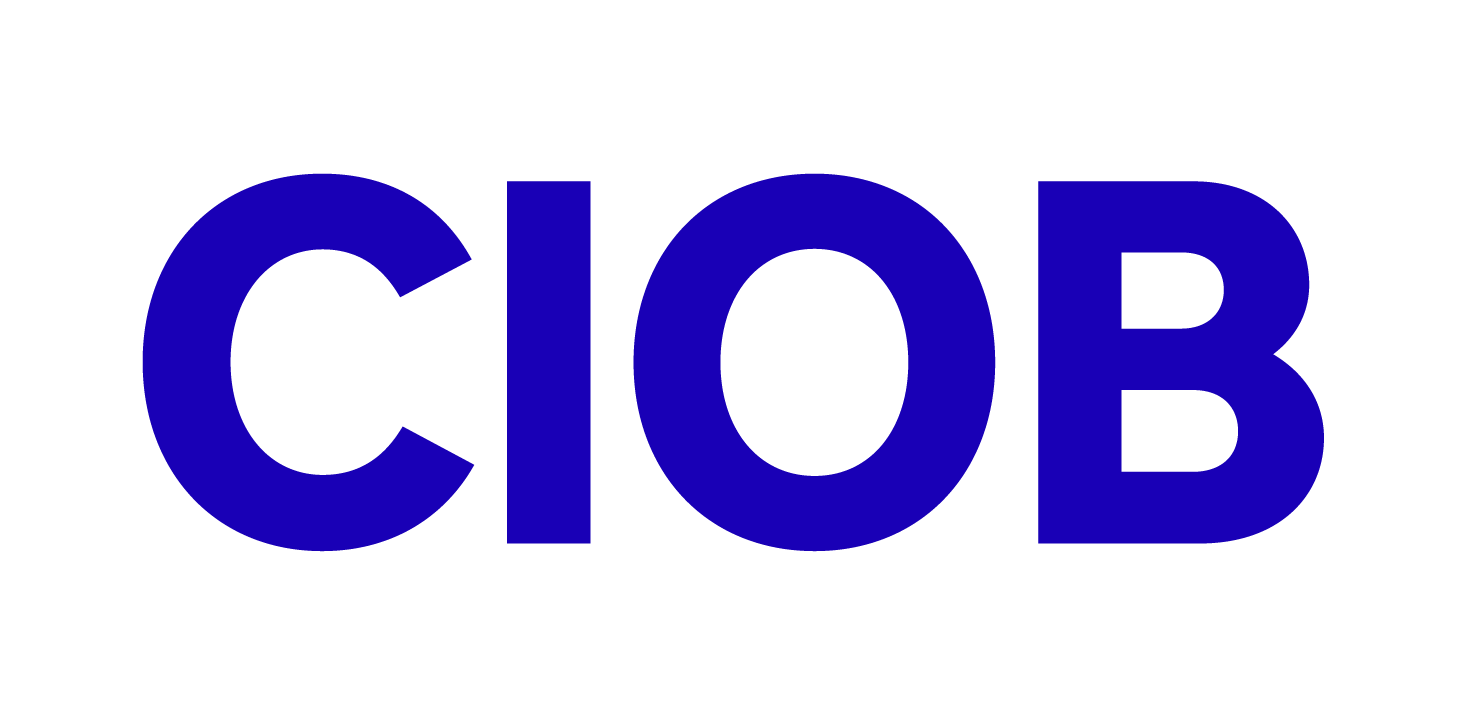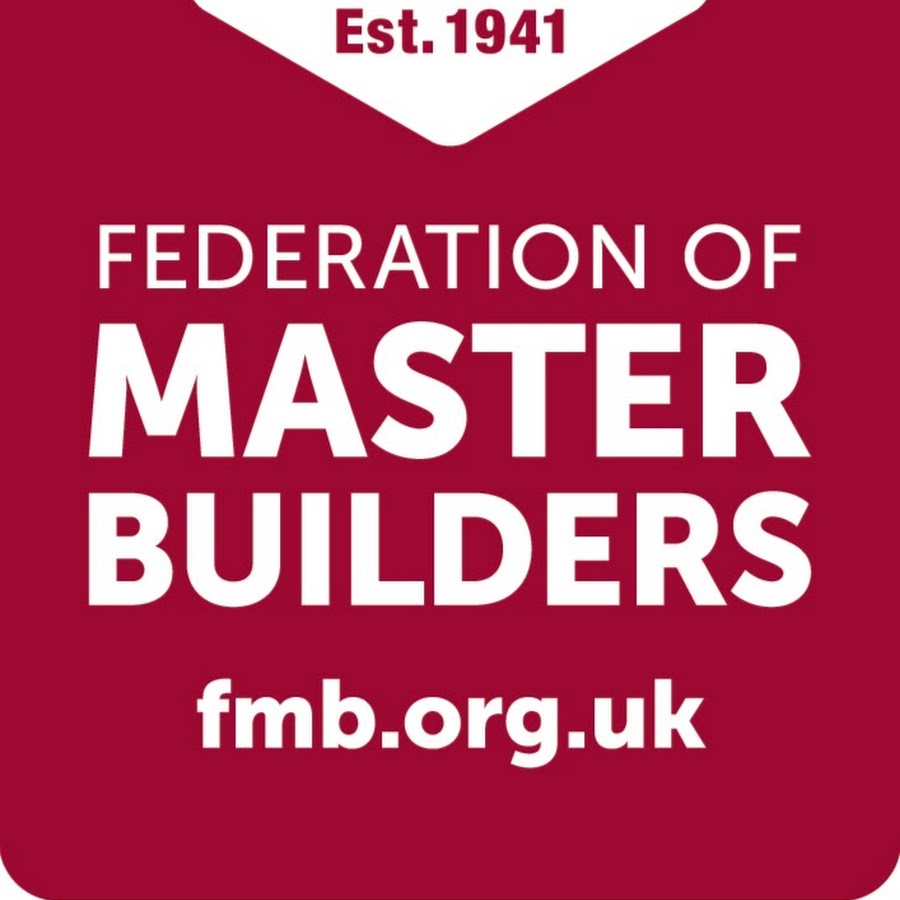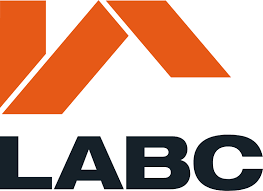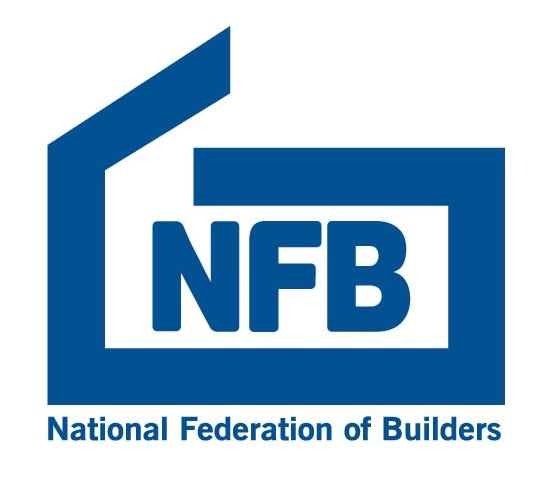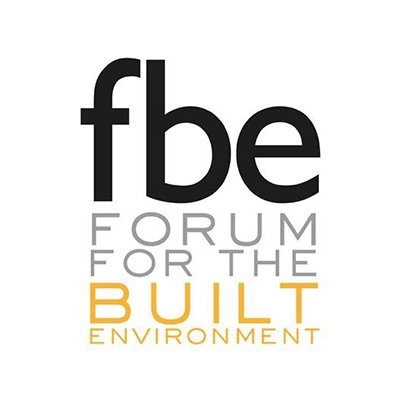The step from battleground to purpose and profit


A thought leadership piece by Martyn Jones.
A long-standing and fundamental weakness of our industry is its deliberate separation of design and construction. This has adversely affected our processes and culture since the emergence of the General Contractor approach to construction at the beginning of the 19 Century.
During the past 150 years or so we have been trying to stitch these two functions back together again through a range of procurement routes including Design and Build, Prime Contracting, the two main Management Approaches, and more collaborative approaches such as Partnering and SCM, but without achieving much in the way of universal success.
CESW’s Procurement and Productivity Theme Group provides us with thought leadership on the effectiveness of different procurement options in reconciling Purpose and Profit, including the very commonly used Design and Build. But, as set out in our guide, Outcome Led Procurement: A common sense approach to construction procurement, design and construction are rarely seamless in Design and Build.
As explained in the guide, when tendering, contractors are rarely given the opportunity to understand the design as it exists at that time (usually incomplete and poorly coordinated). Only after selection can the contractor justify spending the necessary time to fully understand the design and how it will function, plan how it can be constructed and creatively engage with the appropriate specialist contractors and suppliers.
But hang on, by this stage the contractor will have committed to a price to complete the project. Not surprisingly, price will then be a major factor in how the main contractors select the specialist and trade contractors and suppliers as their own margins will depend on a selection strategy that delivers the project for less than the price already quoted to the client.
In turn, the specialist and trade contractors have to price their inputs before they have an opportunity to fully understand what they are pricing and we end up in the situation where all the contractors don’t fully understand the client’s desired project outcomes or the risks involved and how they are priced and managed.
This results in the design and construction process becoming a battleground to safeguard profits and offload risks rather being a well-planned, supportive project environment with the purpose of adding value for the client and providing contractors with fair and appropriate profit for their efforts.
The Two Stage Open Book model offers an alternative approach that sees the client invite prospective team members for a single project or from a framework to bid for a project based on an outline brief and cost benchmark. A number of contractors and consultant teams compete for the contract in a first stage with bidders being chosen based on their capacity, capability, stability, experience, strength of their supply chain, and fee (profit plus company overhead).
In the second stage of the process, the successful contractor and consultant team are appointed to work up a proposal on the basis of an open book cost that meets or even exceeds the client’s stated desired outcomes and cost benchmark.
This Two-Stage Open Book approach provides the opportunity for clients to work earlier with a single integrated team, to interrogate design, cost and risk issues ahead of a start on site at the end of the second stage. This systematic approach to early contractor and specialist contractor engagement provides for more certainty in relation to design information, a more thorough identification and management of risk, and opens up opportunities for creativity and innovation.
As well an opportunity to build greater mutual understanding of both the design and the planning of the construction process, the second stage can also be used to create an environment and culture conducive to the application of the Constructing Excellence principles: Procuring for outcomes and value, increased standardisation and pre-manufactured content, digitally enabled and integrated teams working collaboratively with aligned commercial arrangements.
So, why aren’t more clients using this approach? One popular view amongst many clients and their advisers is that it’s more expensive than simply getting contractors to price for construction of the project through Single-Stage procurement. Yes, Single-Stage requires less input from clients and their consultant advisers and is “easier”, but no, it doesn’t follow that the resulting outturn construction cost will be higher in a Two-Stage approach especially in light of the uncertainties involved in the Single-Stage approach.




